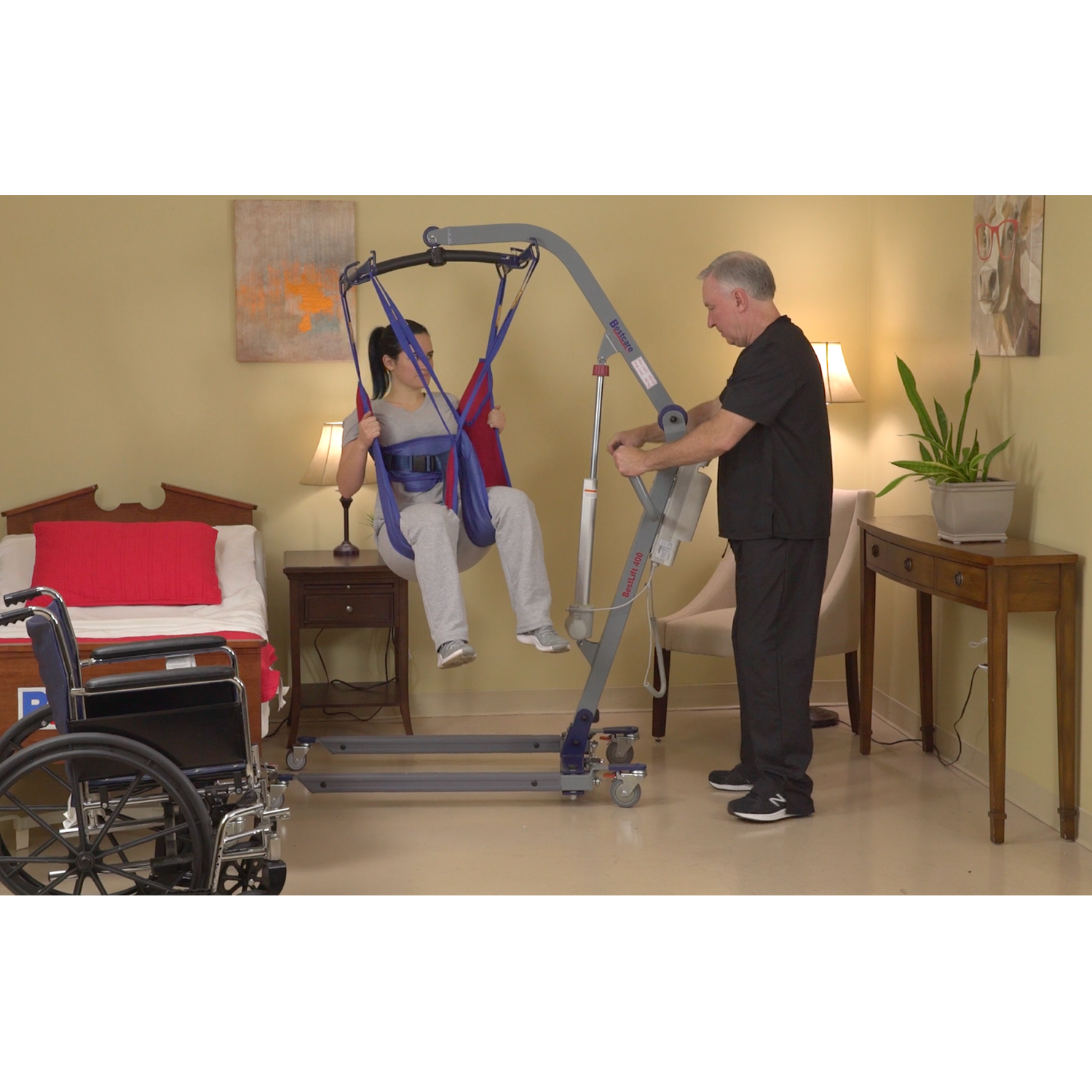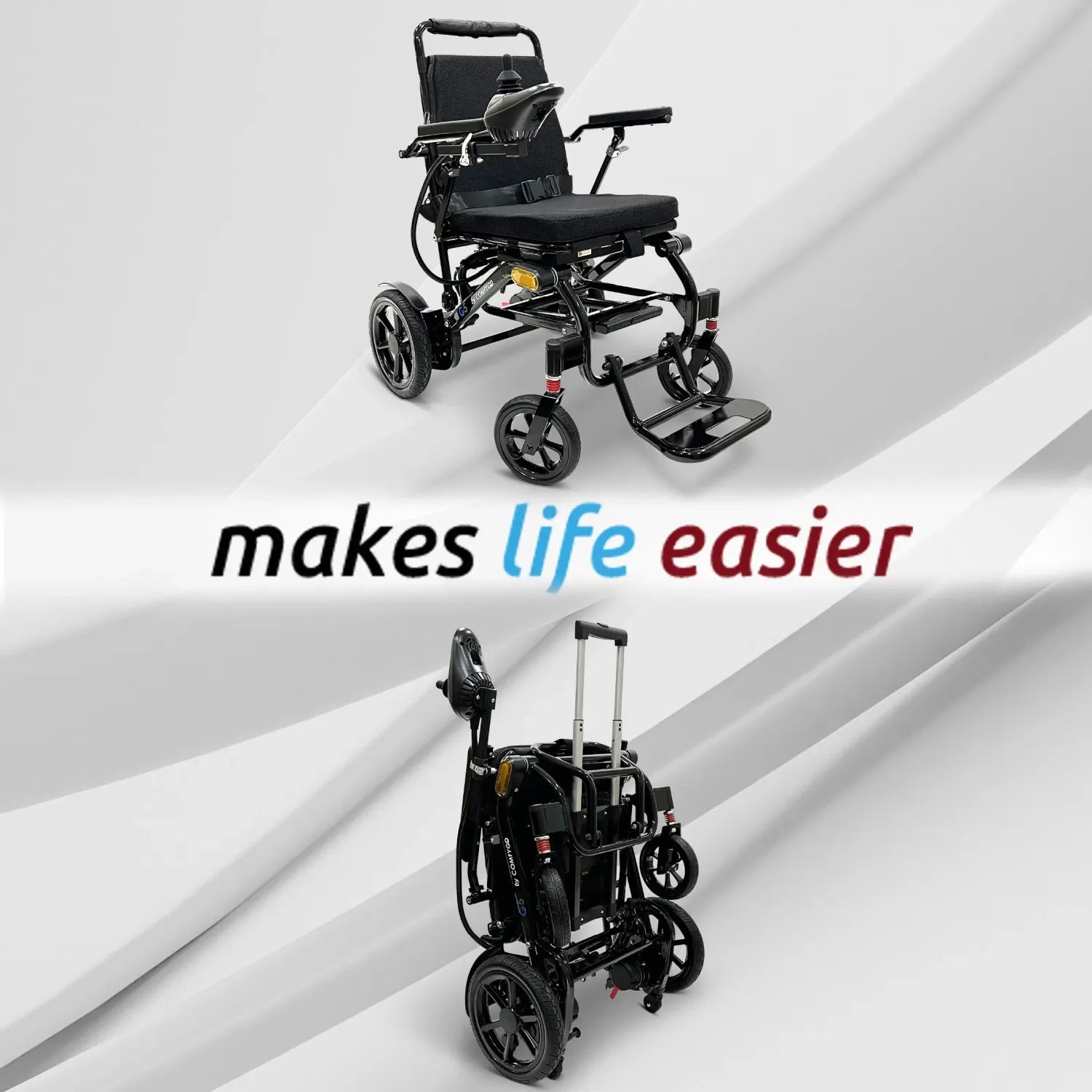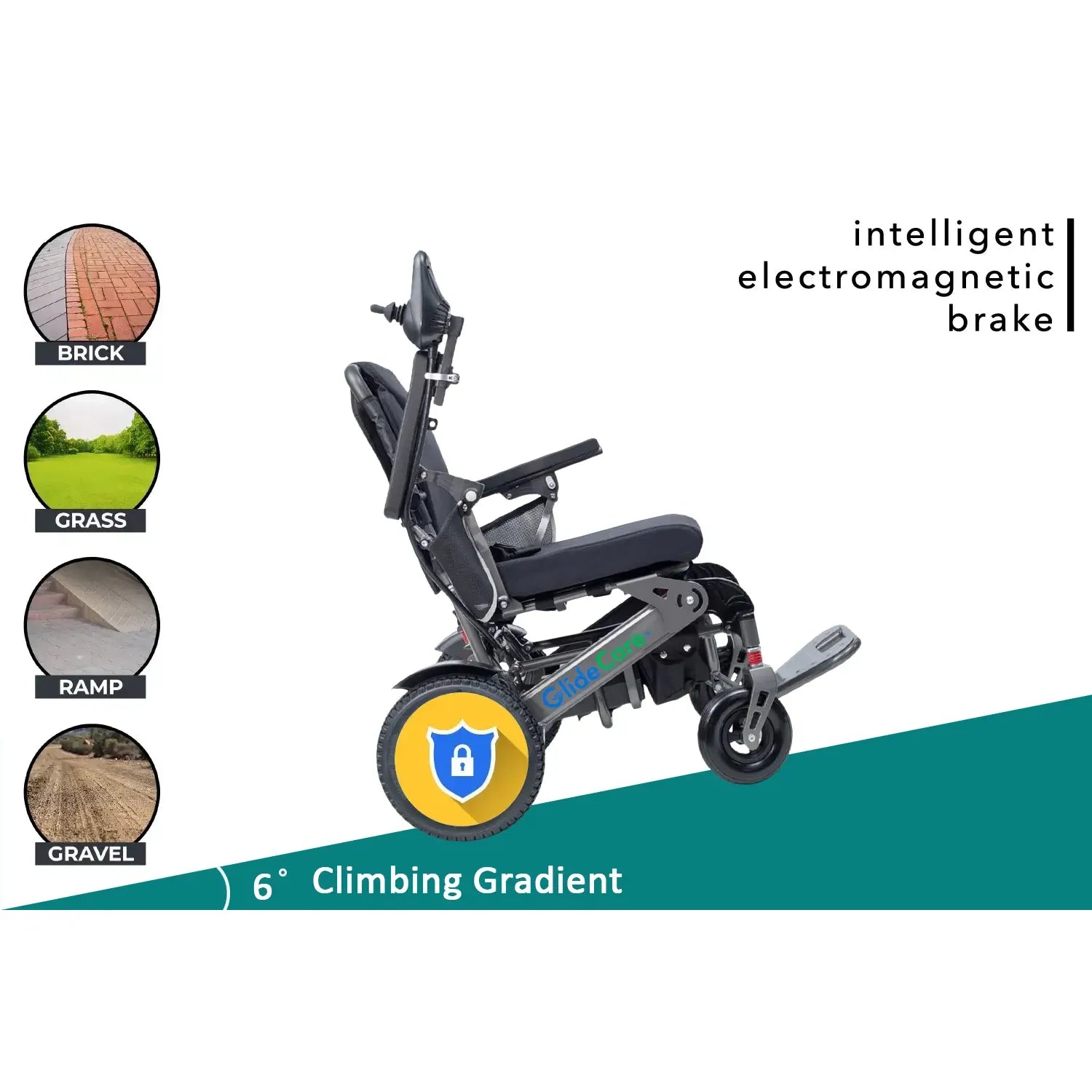Wheelchair Accessories Buyer’s Guide
A simple, friendly guide to help you choose comfort, safety, and independence.
Why accessories matter
The right wheelchair accessories can make daily life feel easier. They can boost comfort, support better posture, and help you carry what you need. Whether you roll a manual chair or a power chair, the right setup saves energy and builds independence.
Seat cushions
A good cushion helps you sit longer with less soreness. Foam cushions are light and simple, so they feel stable and cost less; over time, though, foam can flatten and won’t relieve pressure as well as other options. Gel cushions, often mixed with foam, spread pressure more evenly and can feel cooler on long days, but they weigh more and the gel can shift if the design isn’t right. Air cushions, like the ROHO air‑cell style, are easy to adjust and protect skin very well, yet they may feel less steady at first and need air checks to stay comfy. Hybrid cushions blend air or gel with foam to give you both relief and stability, but they usually cost more and have more parts to manage. Brands you might hear about include ROHO (by Permobil), JAY, Varilite, Matrx, and Comfort Company.
Backrests
Your backrest shapes your posture all day. Sling backs are light and flexible, but they can sag over time and make alignment harder to keep. Contoured or rigid backs from brands like Comfort Company (Permobil), Matrx, JAY, and Varilite hold your trunk in a steadier position, which can help breathing and reduce fatigue; they do cost more and need careful fitting, yet many users find the extra support well worth it for longer sitting times.
Headrests
A headrest supports your head and neck, which matters if you use tilt or recline or if you get tired holding your head up. Adjustable models from Comfort Company, JAY, or Stealth can dial in just the right spot. If the headrest is placed poorly, it may feel in the way, so taking time to set it up correctly makes a big difference.
Safety & positioning
Belts, chest harnesses, and lateral supports work together to keep you stable. A hip belt helps stop sliding and keeps the pelvis back, which supports better posture, but it must sit at the right angle so it supports rather than restrains. Chest harnesses and laterals give more control to the upper body, which can help balance and comfort; the trade‑off is extra hardware that needs proper adjustment to avoid rubbing or pressure spots. Brands commonly used include Comfort Company (Permobil) and Bodypoint.
Arm & leg positioning
When arms or legs tend to drift, positioning aids can help. An arm trough or Comfort Arm supports the forearm and can prevent finger drop, which protects the hand and reduces strain; however, these parts can feel bulky if they aren’t sized well. Calf straps and footboxes keep legs and feet where they belong, which is helpful for spasticity or foot drop, yet they require careful setup so they don’t create pressure or limit movement.
Manual wheelchair drive help
Handrims change how pushing feels. Standard aluminum rims are light but can be slippery, while coated or ergonomic options offer a better grip and reduce strain even though coatings wear over time and add cost. Projection handrims help if grip strength is limited, but they make the chair wider and can snag on tight spaces. Gloves add traction and protect skin, though they can feel warm in hot weather. For big hills or long days, power‑assist systems reduce the effort to push, but they add weight, require charging, and are more expensive than basic upgrades.
Power chair controls & batteries
Small control changes can make a big difference. Larger or softer joystick knobs—like softball shapes from Permobil—can improve control for weak grip or hand pain, but it may take a little trial to find your favorite feel. Specialty controls such as head arrays or switch systems open up driving options when a standard joystick isn’t the best fit; they usually need professional setup and some training. Battery choice matters too: sealed lead acid packs are proven and lower in cost but heavier and slower to charge, while lithium‑ion packs are lighter with more range and faster charging, though they cost more and may face airline limits depending on the model.
Wheels, tires & casters
Tires change the ride. Pneumatic tires feel smooth and grip well on rough ground, yet they can go flat and need pumping. Solid tires won’t go flat and are low‑care, but the ride is firmer and grip may be lower on some surfaces. Foam‑filled tires land in the middle: fewer flats with a softer feel than standard solids. Suspension casters—like Frog Legs—soak up bumps and cracks for a kinder ride, though they add cost and have moving parts to maintain. Quick‑release axles make transport easier and can reduce total weight, but some designs are brand‑specific and pricier.
Storage & everyday add‑ons
Small add‑ons can make each day smoother. Under‑seat bags and seatback pouches keep your things nearby, but if a bag hangs too low it might rub the wheels, so placement matters. Cup holders and phone mounts help with hydration and navigation while you roll, yet mounts that stick out can catch in tight doorways. Lap trays offer a flat surface for eating, reading, or a tablet; they can be bulky, so a swing‑away style may help. Oxygen, cane, and crutch holders carry medical gear safely, but make sure mounts are secure so they don’t change how the chair balances. Lights and reflectors improve visibility outdoors; just remember to check batteries now and then.
Foot & leg support
Foot and leg parts help with comfort and alignment. Basic footplates are light and simple, but feet can drift without heel loops. Footboxes and shoe holders keep feet in place and guide alignment, which is helpful for tone or foot drop, but they take up more space and must be sized well. Calf straps prevent legs from slipping back and add comfort, although straps that are too tight can rub. Elevating legrests help with swelling or leg injuries and feel good for some users; the trade‑off is a longer chair that turns less tightly.
How to choose
Start with your biggest need—comfort, safety, or independence—and pick one accessory that solves it well. Make sure sizing and mounting match your wheelchair. Think about upkeep, like checking air levels on an air cushion or charging batteries for lights or power‑assist. When possible, try an item before you commit. The right choice can change how your day feels, from the first push to the last roll.








Share:
Mobility Scooter Buyer’s Guide